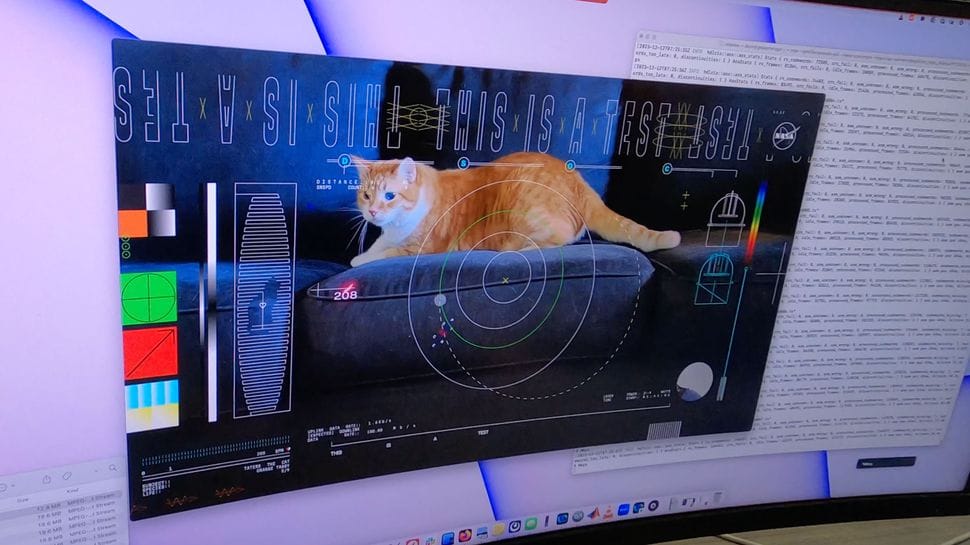NASA sends the first video from deep space via laser
Who doesn’t love a good cat video? Not even an alien could say no to watching one. And NASA is putting that to the test.

A few minutes every morning is all you need.
Stay up to date on the world's Headlines and Human Stories. It's fun, it's factual, it's fluff-free.
Who doesn’t love a good cat video? Not even an alien could say no to watching one. And NASA is putting that to the test.
This month, the space agency sent a video of Taters the cat back down to Earth via laser from deep space. This is the first time NASA has used a laser to cast a video from this far away. This 15-second ultra high-def video clip traveled around 30 million kilometers (19 million miles) from NASA’s Psyche spacecraft. That’s about 80 times the distance between Earth and the moon.
On December 11, the video was sent down to Earth, taking 101 seconds to reach its destination, transmitting at a speed of 267 megabits per second. That’s faster than most broadband travels in Earth’s orbit. A tool called a flight laser transceiver was used to transmit the video as an encoded laser from Psyche to the Hale Telescope at Caltech's Palomar Observatory in California.
The video was sent up on Psyche when it was launched in October, but Taters the cat remained safely on Earth. The video shows Taters chasing a laser, of course. Taters is an orange tabby cat owned by a NASA employee at the Jet Propulsion Laboratory (JPL) in California.
"Despite transmitting from millions of miles away, it was able to send the video faster than most broadband internet connections," said JPL electronics lead Ryan Rogalin.
NASA is hoping to use this Deep Space Optical Communications (DSOC) as a tool for deep space exploration.
“Increasing our bandwidth is essential to achieving our future exploration and science goals, and we look forward to the continued advancement of this technology and the transformation of how we communicate during future interplanetary missions," NASA Deputy Administrator Pam Melroy explained in a statement.
To make this record-breaking feat more memorable, NASA scientists wanted to use a more “fun” video.
“Nothing on Psyche generates video data, so we usually send packets of randomly generated test data,” Bill Klipstein, the tech demo’s project manager at JPL, told CBS. But Taters seemed like the furball for the job on this one. You can check out Taters’ deep space message on YouTube.




Comments ()